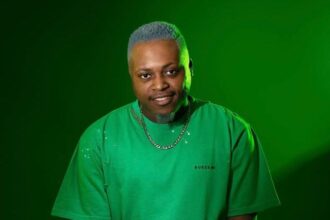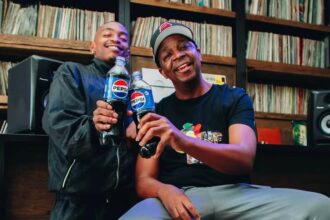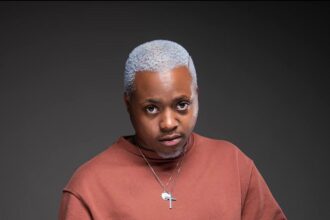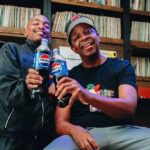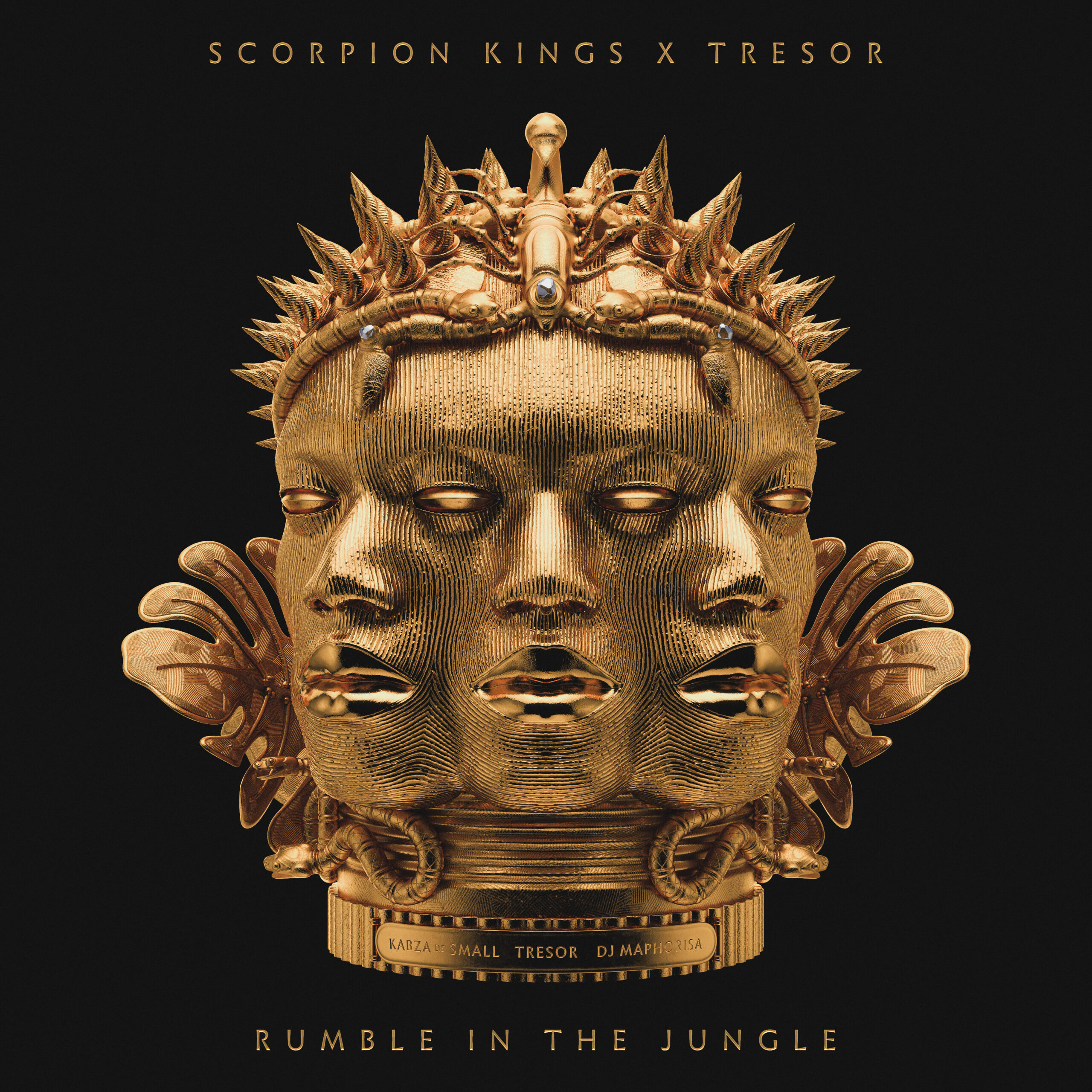Watch! Focalistic Shares Behind The Scenes Of His GQ Cover Shoot. Focalistic continues to prove that he is not slowing down anytimesoon. The 25-year-old Pretoria native – real name is Lethabo Sebetso – is one of Mzansi’s hottest rappers right now, ad he recently made the GQ South Africa magazine’s cover for the September/October issue.
The star then took to social media to share behind the scenes of the making of the magazine shot. For his GQ cover, the young star made history by going back to the hood. The cover shoot took place in Zone 2 of the Ga-Rankuwa township, situated just 37km outside of Pretoria to be exact, and a place that’s very dear to his heart.
Focalistic’s style of music is versatile. He calls it Pina Tsa Ko Kasi, and although he doesn’t consider himself to be a rapper in the traditional sense, he has showcased his rhyming skills on beats ranging from Trap to Kwaito and even Amapiano. Explaining his now-famous line “Ase Trap ke Pina Tsa Ko Kasi,” the star said: “The Trap/Hip-Hop guys used to be angry at “Ase Trap Ke Pina Tsa Ko Kasi” [laughs], but when they realized what it was, they gravitated towards the movement,” Focalistic reminisces.
“Trap was the glamorous thing, but I was like ‘I don’t want to do that, I want to make music that my mom, my whole hood can relate to and be proud of.’ I wasn’t talking down on Trap, I just wanted to make people understand the origin and purpose of my music. ”I make Trap, but I never lie about having a gun or a gang, I just want to talk about the realities of my hood, you know. People used to think I was shading Emtee [laughs], but I wasn’t,” he continues. “Maybe the competitive part of me made me want to carve a niche for myself, but we don’t have a ‘trap’ in South Africa.”
“Don’t get me wrong, there is a version of the trap everywhere, but as I say on ‘Ase Trap Ke Pina Tsa Ko Kasi,’ our trap is called the ‘Kasi.’ There might be shared similarities with the American trap because they’re both elements of the Ghetto, but the ‘Kasi’ is different,” he clarifies. “I just wanted to sync the music with our identity; my identity so that our people can relate.”

